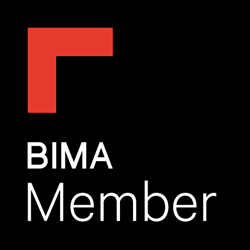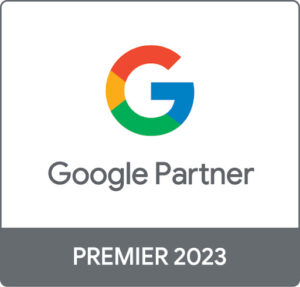When you learn the fundamentals of PPC, you realise the importance of granular marketing and defining your target market. There are so many ways of optimising campaign types and finding the right keywords to use, but in a world where everyone is trying to sell you ‘the best’ products, you have to consider your target audience.
Who will actually be interested in this? What type of qualities do these people share? If you’re starting your first campaign, creating audience lists are one of the most crucial steps of your pay per click campaign.
You may not have much data yet, but building audience conditions before this point will mean any data you collect from then on can be recorded; this is important for re-marketing lists and targeting existing pre-engaged customers.
Of course you can also add observation audiences to your campaigns at any point during the journey but this is also a good place to start. By adding Google-defined audiences that you believe will show higher volumes of engagement to your observation list, you can watch to see which groups reflect more positive data – you might even be surprised with the results. Often, groups you consider to be irrelevant to your business might be more engaged than you thought, so it’s good to select a couple of random ones too for comparison.
With the amount of different audiences you can create and use, you still may not know which are best to focus on.
So let’s start with the main audiences you should consider for your pay per click marketing campaign.
Affinity Audience
Affinity audiences are people who have been identified as having a strong affinity or passion for a particular topic that Google has accounted for. If you have spent countless times searching the internet for ‘Super Mario’ and other related searches including browsing articles, videos on the subject and merch, you will most likely have been categorised as having a strong interest in the following: Mario, Nintendo, video games, as an example.
In this case, if a new Nintendo game was being released as a new addition to the ‘Mario’ franchise, you would be a good person to target with display or Youtube ads for the game. It’s important to know that Affinity audiences are also defined by a user’s ‘long term’ interest in a subject and not just by a couple searches.
Alternatively, if you’re looking for a really niche market that Google hasn’t given as an option, you can custom create these yourself using specified keywords and URLs – this is what is known as a Custom Affinity audience.
With the exception of ‘video games’ the above example could actually be an example of a custom affinity audience.
In-Market Audience
An in-market audience consists of people who are actively searching for a product or service with the intent to buy. These can often be identified through search terms containing words such as ‘for sale’, ‘buy online’, ‘best’, ‘cheap’, etc.
Google can also collect data on people who have taken a consumer journey. For example, someone looking to buy a bike might have done previous research comparing different brands, viewing different websites selling bikes or reading articles about ‘the best, affordable city bikes’. Google can then calculate the intent this user has to buy if they then search again for a specific branded bike.
Once a user has purchased the product, they are unlikely to repurchase for a while and therefore will be moved out of this audience type. In addition, if a user decides not to make a transaction after being categorised as ‘in the market’, after a certain amount of time, they will also be removed.
In-market audiences can be extremely useful to a campaign as the possibility of a conversion is already significantly higher.
Therefore, these can certainly be good audience lists to include in your pay per click campaign. You may want to bid higher for these if the data reflects higher conversion rates.
Custom Intent
Similar to in-market audiences, custom intent is looking at the customer’s first steps in a conversion cycle. You can target people who are currently researching a specific product/service using display or video campaigns.
Custom intent audiences can be useful if you know that your typical audience will research your products first before purchasing. By advertising to them at this stage, it can be the deciding factor for a conversion.
To build a custom intent audience, you can define elements that you believe will create a relevant audience, for example you may want to specify: search terms, people who have browsed specific websites, people who have visited certain places and other related behaviours. This will give you an extremely defined audience to target.
Re-marketing Audience
A re-marketing audience is possibly the most valuable in your pay per click campaign.
These are customers who have already shown a strong interest in your product because they have either strongly engaged with your site before or previously made a purchase. It’s important to your business to ensure these customers had a positive experience and will come back again.
To help guide them along this path, you can create custom re-marketing lists, targeting people that have placed items in their online ‘basket’ and then abandoned this without converting. The clever ways in which you can do this include building dynamic re-marketing display campaigns that show someone a tailored description and image of the abandoned item, with perhaps a discount if they re-visit. You can do this with any conditions you believe to be valuable for targeting consumers: visited a particular page on your site, had a session duration of longer than 60 seconds, got to the checkout page but didn’t fill out details.
Finally, the obvious choice is to re-market to customers that have previously made a purchase, by advertising similar products to which they bought before or perhaps a promo code for returning.
Similar To Audience
A similar audience is almost in the title, you can choose to target people based on similarities they share with your existing audiences. If your typical consumer is categorised as both a ‘homeowner’ and a ‘book lover’ then you can create a list of users that are defined as being ‘similar to’ these audience types in terms of demographics, interests and purchasing behaviour. This can be useful if you wish to expand your existing customer base and general awareness of your brand.
A slightly similar audience to this is Customer Match, however the way in which Google matches users holding similarities to your current audience is done through your own online and offline data that you can upload. This data contains details of your current consumer’s behaviours, and Google can match similar users (as well as the existing ones) to target ads to.
The understanding of audience types is vital to any successful pay per click strategy and campaign. Using the right audience type(s) is what can make your business’ product or service flourish.
Here at Seed, we drive transformative results for our clients by creating, optimising and managing smarter PPC campaigns. Find out about our PPC services here.
Contact Us
If you are looking for a pay per click agency to help your business grow, do not hesitate to get in touch with us.
Phone us on: 01273 286 616
Or send us an email: enquiries@helloseed.co.uk








